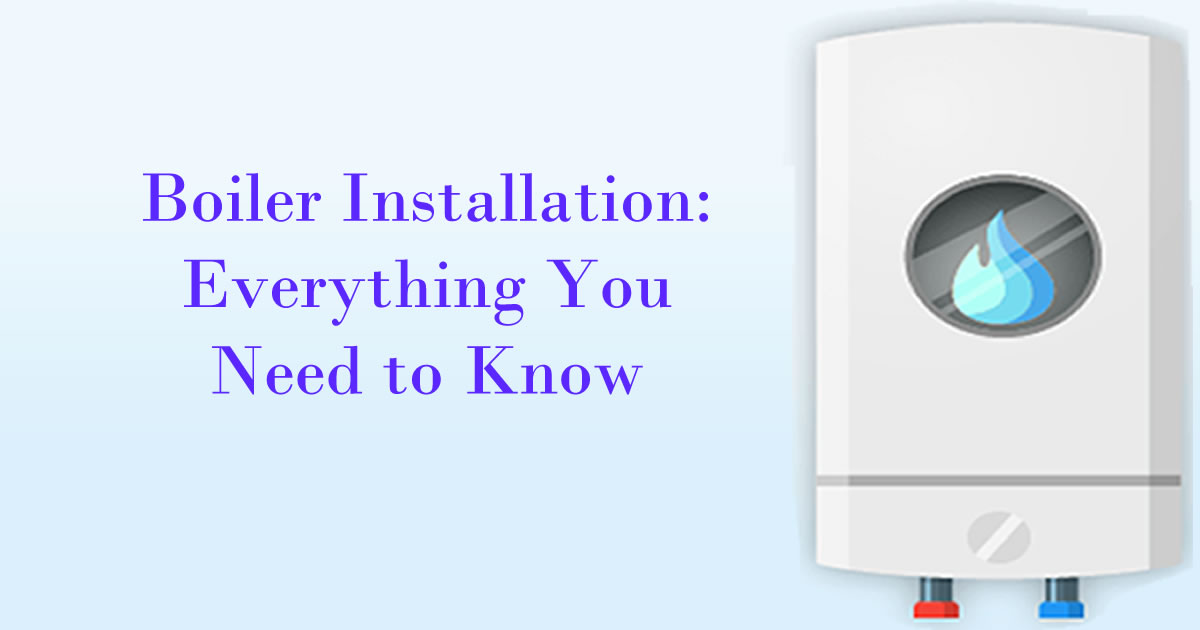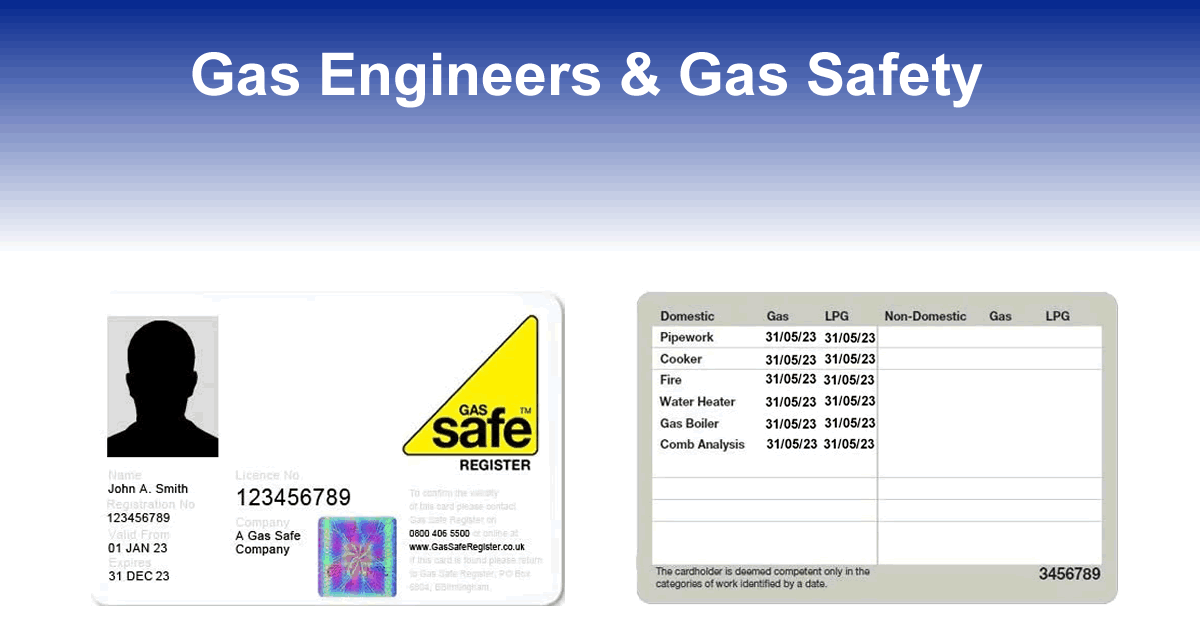Heating and Boilers
When it comes to keeping your home or office warm during the colder months, a heating system is essential. One of the most common types of heating systems is a boiler, which heats water to provide warmth throughout a building. In this article, we will discuss the basics of heating and boilers, including how they work, the types available, and maintenance tips.
How do boilers work?
Boilers use fuel, typically gas or oil, to heat water. The heated water then travels through pipes to radiators, which emit heat into the surrounding air. In some systems, the hot water also provides heat to a hot water cylinder for domestic use. The boiler itself is a sealed unit, containing a burner that ignites the fuel and a heat exchanger that transfers heat from the burner to the water. Boilers can operate using a variety of fuels, including natural gas, propane, oil, or even wood pellets.
heat into the surrounding air. In some systems, the hot water also provides heat to a hot water cylinder for domestic use. The boiler itself is a sealed unit, containing a burner that ignites the fuel and a heat exchanger that transfers heat from the burner to the water. Boilers can operate using a variety of fuels, including natural gas, propane, oil, or even wood pellets.
Types of boilers
There are several types of boilers available, each with its own advantages and disadvantages.
- Combi boilers
Combi boilers, also known as combination boilers, are becoming increasingly popular in modern homes. They are compact, easy to install, and can provide both heat and hot water on demand. Combi boilers don't require a separate hot water cylinder or cold water tank, which saves space and makes them ideal for small homes or apartments. The downside is that combi boilers may not provide enough hot water for larger households, and they can struggle to meet high demand for hot water.
- System boilers
System boilers, also known as sealed system boilers, are similar to combi boilers, but they have a separate hot water storage tank. This means they can provide hot water to multiple outlets at once, making them a good choice for larger households. System boilers are also easier to install than traditional boilers, as they don't require a cold water tank in the loft. However, they do take up more space than combi boilers, and they may require more maintenance.
- Conventional boilers
Conventional boilers, also known as regular or Heat only boilers, are the traditional type of boiler found in many older homes. They require a hot water cylinder and a cold water tank in the loft, which takes up more space than other types of boilers. However, conventional boilers can provide hot water to multiple outlets at once, making them a good choice for larger households. They are also reliable and easy to maintain, although they may not be as energy-efficient as newer models.
- Electric boilers
Electric boilers are a type of boiler that use electricity to heat water instead of gas or oil. They are usually smaller and less powerful than other types of boilers, which makes them suitable for small homes or apartments. Electric boilers are also quieter and more energy-efficient than traditional boilers, as they don't produce any emissions. However, they can be more expensive to run than gas or oil boilers, as electricity is generally more expensive.
Boiler maintenance
Boilers require regular maintenance to keep them running efficiently and to prevent breakdowns. Here are some tips on how to maintain your boiler:
- Get your boiler serviced annually
It's important to have your boiler serviced annually by a qualified heating engineer. A service will ensure that your boiler is working properly and safely, and it will help to identify any potential problems before they become major issues. During a service, the engineer will check the boiler for leaks, clean the burner and heat exchanger, and test the safety features.
- Bleed your radiators
If your radiators are not
 heating up properly, you may need to bleed them. This involves releasing any trapped air from the radiator, which can prevent it from heating up properly. To bleed a radiator, you will need a radiator key, which can be bought from most DIY stores
heating up properly, you may need to bleed them. This involves releasing any trapped air from the radiator, which can prevent it from heating up properly. To bleed a radiator, you will need a radiator key, which can be bought from most DIY storesTo bleed the radiator, turn off the heating system and wait for the radiator to cool down. Place a towel or container underneath the valve, then insert the radiator key and turn it anticlockwise to release the air. Once water starts to come out, tighten the valve again.
- Check the pressure
Your boiler should operate at a certain pressure, which is usually between 1 and 2 bar. You can check the pressure using the pressure gauge on the boiler. If the pressure is too low, you may need to top it up using the filling loop, which is usually located underneath the boiler. Always refer to the manufacturer's instructions for guidance on how to top up the pressure.
- Keep the area around the boiler clear
Make sure that the area around the boiler is clear of clutter and debris, as this can affect its performance. Don't store items on top of the boiler or block the vents, as this can prevent air from circulating properly. You should also make sure that there is plenty of ventilation in the room, as boilers need fresh air to operate safely.
- Insulate your pipes
Insulating your pipes can help to prevent heat loss and improve the efficiency of your heating system. You can buy pipe insulation from most DIY stores, and it's easy to fit yourself. Simply measure the length of the pipe, cut the insulation to size, and wrap it around the pipe, securing it in place with duct tape.
Conclusion
Boilers are an essential part of any heating system, providing warmth and hot water to homes and businesses across the country. There are several types of boilers available, each with its own advantages and disadvantages. It's important to maintain your boiler regularly to keep it running efficiently and to prevent breakdowns. If you're unsure about how to maintain your boiler or if you suspect that there is a problem, always seek professional advice. By following these tips, you can ensure that your heating system stays in good working order and provides you with the warmth and comfort you need during the colder months


